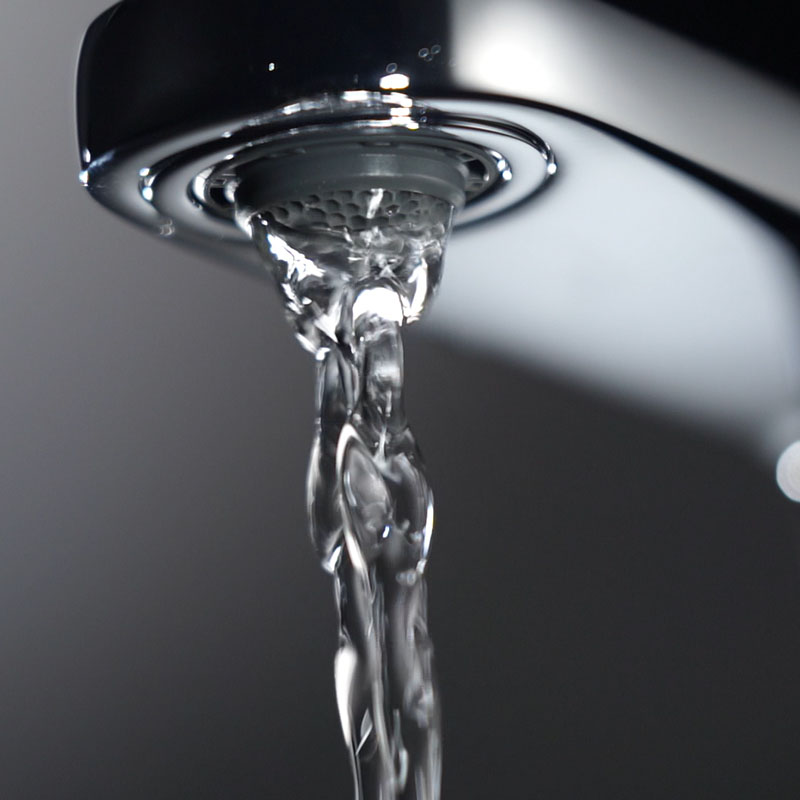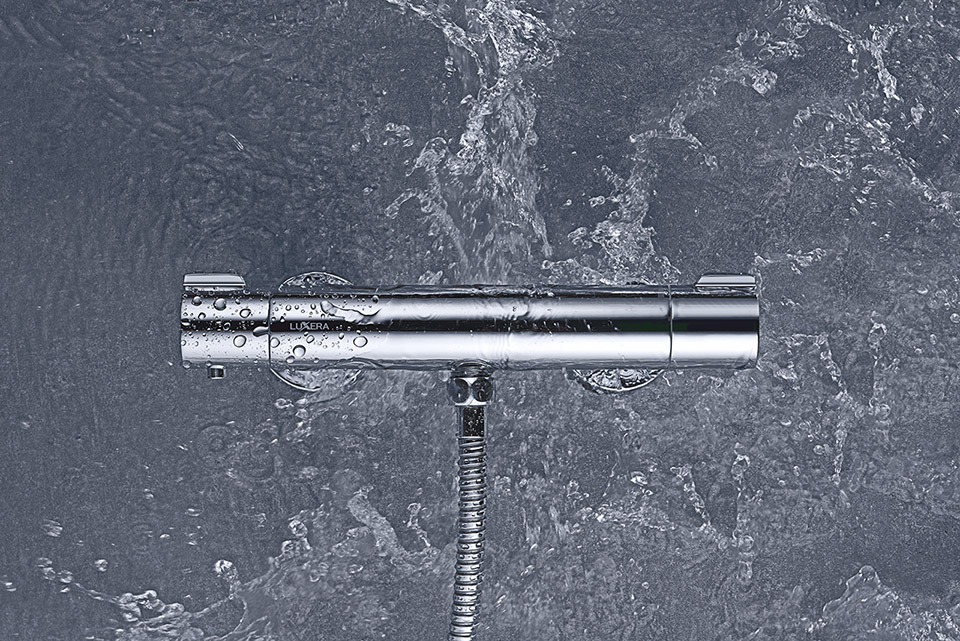
Our planet comprises 97% of oceanic water, leaving only 3% as freshwater, and merely a fraction of that is suitable for human consumption. With the intensification of climate events, water has become an increasingly valuable and scarce resource. Water availability, particularly during summer months, has become more erratic and uncertain. The need for water management has become crucial as global warming fuels more extreme weather conditions.
Importance of Starting from Household.
From the research, each person uses about 142 liters of water per day. The average household currently uses about 349 liters of water per day. And the average annual metered water bill is £427. We save the water in our house and we save the money at the same time.
Where Can We Save Most Water at Home?
We use water in three main areas of the home: the bathroom, the kitchen and the garden. From the research, showers, lavatories, baths, bathroom sinks and kitchen consume 90% of household water. While bathroom consumes more than 68%. That means the greatest opportunities for saving water can be found in the bathroom.
What are simple ways to save water at home ?
- Check the Leaks
Check all water-using equipment and other devices for leaks. Steady faucet drips, running toilets, and home water treatment units are common sources of leaks.
- Review Your Bathroom Habits
Your bathroom habits will affect the water used per day. The habits below can help with saving:
- Turn the faucets off while brushing your teeth, shaving, washing your face, soaping or shampooing.
- Only use hot water if needed.
- Change from bath to shower.
- Shorten your shower.
- Use a bowl to wash up rather than a running water.
- Replace with Water Saving Devices
Sometimes it’s the simplest changes that can have the biggest effect on water consumption at home. Water saving devices are low-cost but have a long-lasting effect on home energy usage and the utility bill. Below are the water saving devices suggested:
1. Thermostatic Shower Valve. It is designed to automatically shut the water off when it reaches the temperature you set. That means you won’t have any water wasted by leaving the shower running too long. The valve can also help you with saving the energy as they maintain a consistent water temperature.
2. Showerheads. Replace the showerhead with water efficient one could save £40 a year on gas for water heating as well as a further £55 a year on water bills if they have a water meter. The total saving per year is about £95.
3. Faucet Aerator. After installing low flow aerators, the water use can be reduced by 20%. Also, there are water saving nozzles in the markets. They can convert the water flowing from bulbous droplets into a fine mist. This helps to save up to 95% of water.
4. Toilets. Older toilets use up to 22 liters per flush, whereas low-flow toilets use 6 liters or less.
- Fill them up
Use the dishwasher or washing machine when it is fully loaded. And make sure you always use the most efficient water and energy settings. Wash at 30°C or use the ECO setting if your machine has one.
Water is crucial for the survival of the earth and all its inhabitants while there is a limited in supply. We all need to do our part to limit our household water usage and upgrading to Luxera devices in your home is a great place to start.




